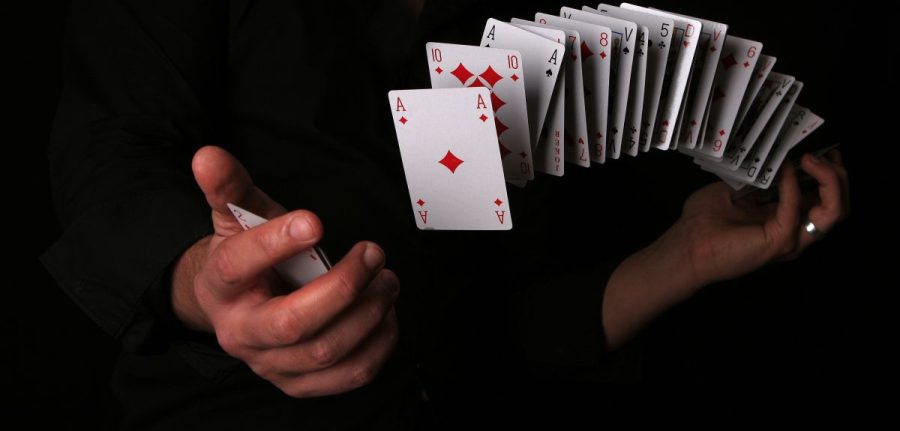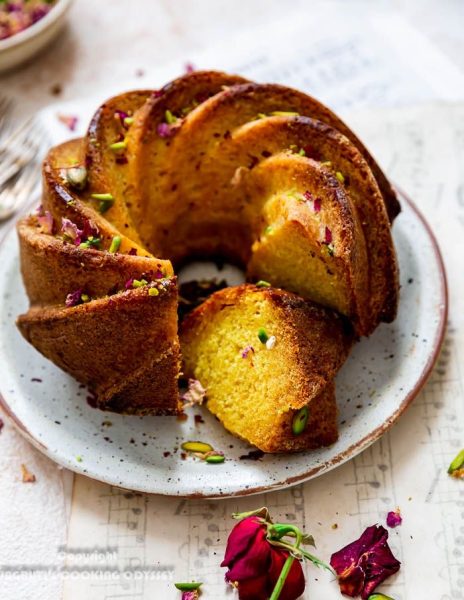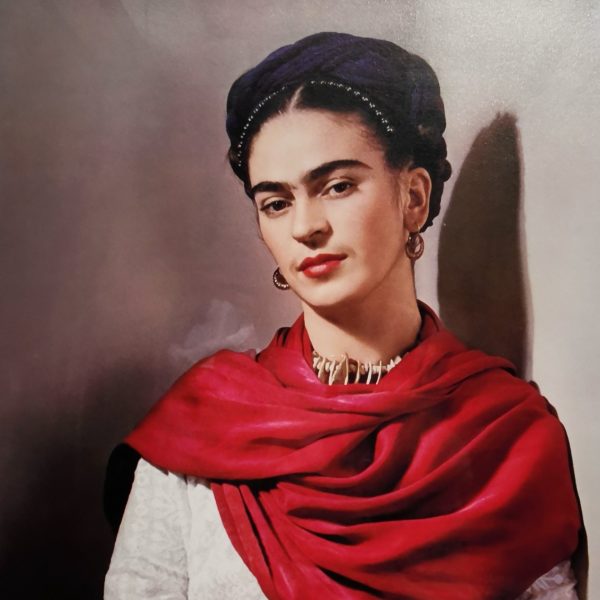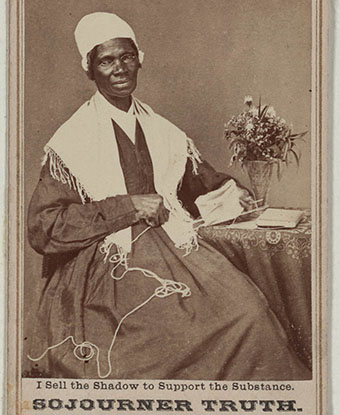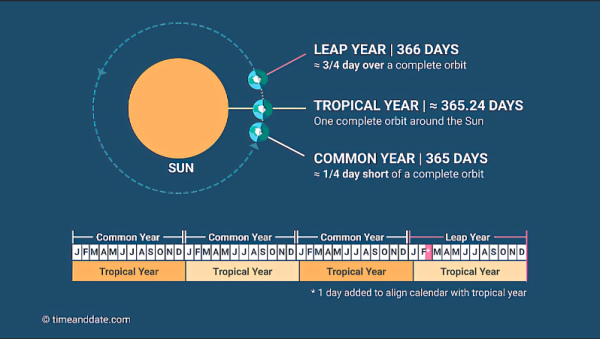Pick A Card, Any Card!
From Poker to Solitaire, playing games with friends and family using the standard deck of 52 cards is so common to us, yet so overlooked because of its usage. Have you ever wondered what was the meaning behind playing cards? What did each suit mean? Why 52 cards? Well, my friend, it all goes back to the Middle Ages-when knights, castles, and kingdoms were much more frequent than now. While your typical bicycle rider pack is the most “normal” for us, in truth, there came many iterations of playing cards ranging from all over Medieval Eurasia.
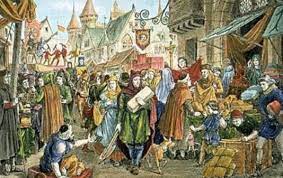
Although it is difficult to pinpoint the specific point in time where cards became popular, according to Playing Card Decks (PCD), scholars have noted that playing cards began to appear in Europe in the late 1300s and early 1400s-most likely coming from the East because importation from Asia due to crusades, gypsies, or trade. “Educated guesses have made links to the cards, suits, and icons of 12th century and even older cards in China, India, Korea, Persia, or Egypt, which may have been introduced to Europe by Arabs. Some scholars believe that playing cards were invented in China during the Tang dynasty around the 9th century AD”, says PCD. This would mean that the origins of playing cards would roughly occur before 1000 B.C.E. But what do the suits themselves mean?
As it turns out, there are actually multiple meanings for each suit! According to The Playing Card Factory, one representation of each suit are the four major pillars of the Medieval Age Economy. Hearts symbolize the church, spades represented the military, clubs represented agriculture, and diamonds represented the merchant class. Another representation is that the four suits represent the seasons, as Adda 52 states. Hearts represents the season of spring, clubs represents the season of summer, diamonds represent the season of autumn, and spades represents the season of winter. To expand further, each season holds its own meaning: spring symbolizes new beginnings and birth, summer symbolizes youth and growth, autumn represents adulthood and reaching maturity, and winter symbolizes old age and death (which isn’t always a bad thing as one door closing means another one opens!). Of course, the interpretations behind each season should not be taken literally, but more in a figurative manner. Each number holds their own value, but at the end of the day, they all connect to the original meaning behind each suit.

One might say that 52 is a peculiar number to have in a deck of cards, and although we don’t have an exact answer on why there are 52 cards in a deck, there are plenty of theories roaming around to answer that inquiry! The most common theory, according to WYTV News, is that the 52 cards represent 52 weeks in a year and the 13 cards in every suit notes the thirteen weeks in each season if we follow the latter interpretation in the previous paragraph.
Now when you look at a deck of cards at the store or on family game night, acknowledge that what you are using is a tool that has been around for centuries at this point. While many things in history are uncertain, the tools and possessions that stick around with us to this day should be treasured and remembered by the current generations, even if its just for playing a game of Blackjack.
